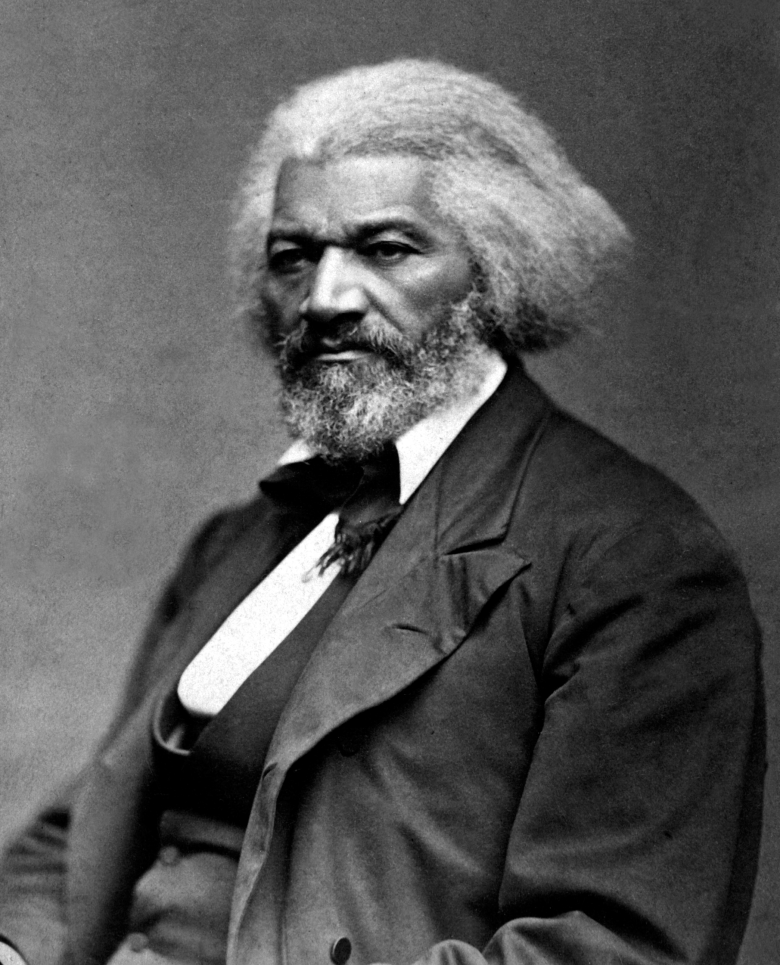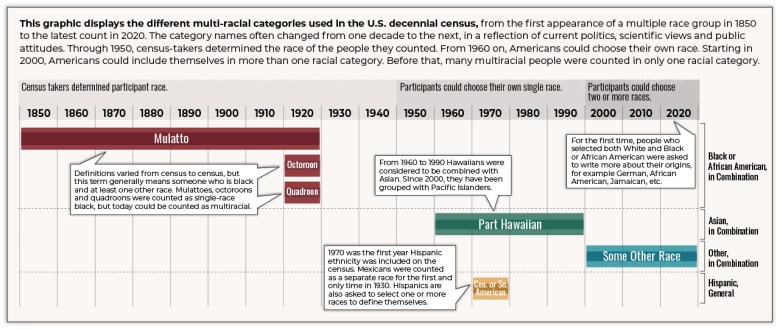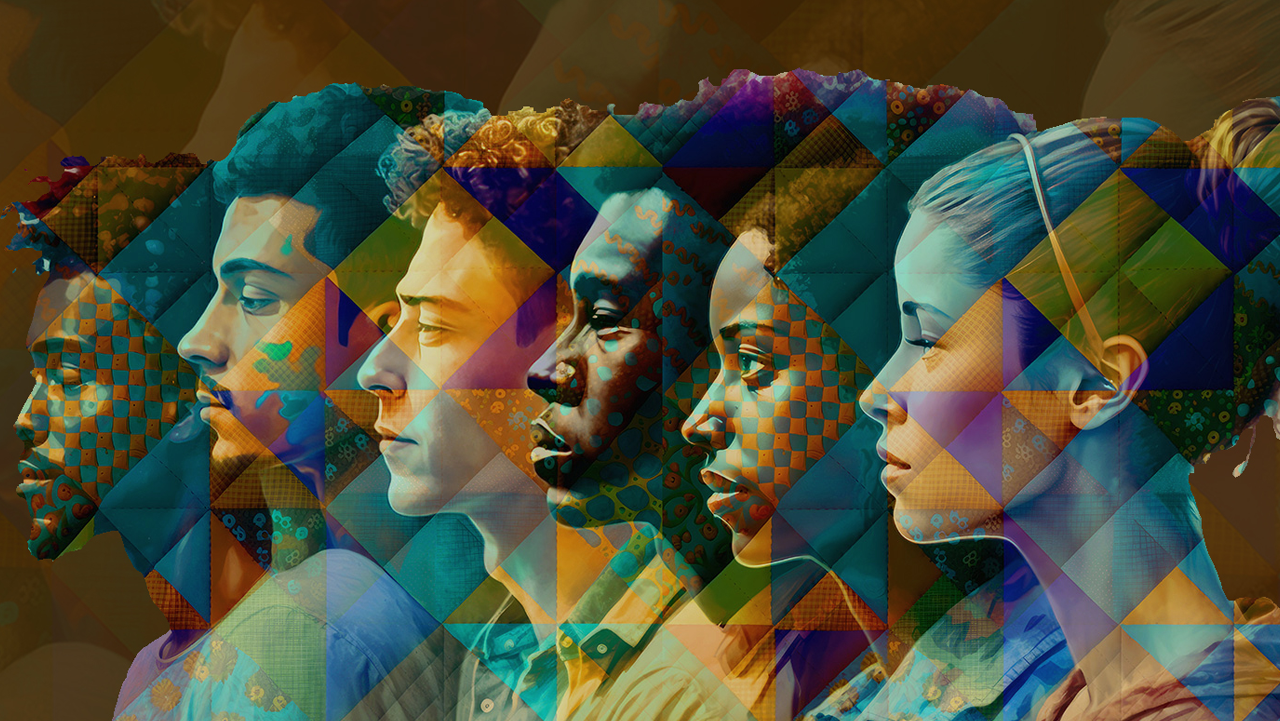Last Updated on May 28, 2024 by BVN
If you are the victim of a hate crime, please contact your local law enforcement agency. For additional information please visit oag.ca.gov/hatecrimes.
Mariah Brown
In the records of American history, the story of biracial identity runs deep, intertwining with the very essence of society—a narrative marked by challenges, victories, and a quest for equality. From the inception of colonization to current times, individuals of mixed heritage have navigated a maze of societal norms, prejudice, and the pursuit of self-understanding.
The narrative of biracial Americans is deeply rooted in the history of the nation, originating from the intermingling of European settlers, Indigenous peoples, and enslaved Africans. In the midst of the harsh realities of slavery and segregation, biracial individuals found themselves navigating a complex and often marginalized existence, caught between two worlds yet fully accepted by neither.
Frederick Douglass, a beacon in the chronicles of biracial history, embodies this struggle—a former slave turned abolitionist, author, and orator. Born to a white father and an enslaved mother, Douglass faced the stark realities of racial hierarchy from a young age. In his speeches and writings, he shattered entrenched racial norms, using his own experience as the driving force behind his advocacy for universal human rights.
In “Narrative of the Life of Frederick Douglass, an American Slave,” Frederick Douglass reflects on his mixed-race heritage, discussing the implications of his parentage and the challenges it posed to his identity. He writes: “Slavery had made its victims mere property, and he who made a slave of his own blood, could not be expected to treat him with any tenderness. It was, to him, a matter of indifference whether he had been born to a white father or a black one. The one had no advantage over the other.”
Regardless of his biracial background, Douglass endured the same harsh treatment and brutality suffered by all slaves, underscoring the pervasive suffering inherent in the institution of slavery.

Nikki Khanna, author of “Biracial in America: Forming and Performing Racial Identity,” echoes the sentiments of Frederick Douglass in contemporary discourse. Her research underscores the reality that having a lighter skin tone does not shield biracial individuals from experiencing racism. Speaking to Black Voice News, Khanna said, “Many biracial people, especially those of Black and white ancestry, are often perceived as Black and frequently encounter the same experiences as Black Americans.”
Behind Frederick Douglass, countless untold stories of biracial individuals remain unrecorded in history. While Douglass’s name shines brightly, others, lost to time, face profound experiences, navigating society’s stigma around mixed heritage from plantations to bustling cities up until today.
The struggles of biracial individuals intertwine with the historical roots of racial classification. The concept of “race” emerged during the European colonial expansion and transatlantic slave trade, as Europeans sought to justify the subjugation of non-European peoples. Scientists and philosophers sought to solidify the notion of race as a biological reality, providing pseudo-scientific justifications for these injustices, which have since been debunked.
The creation of racial classification systems, rooted in physical attributes, fueled discriminatory practices like slavery and colonization, laying the groundwork for contemporary race-based data collection, including census data. Race continues to shape societal dynamics, influencing resource access, opportunities, and experiences of discrimination and privilege.
The Evolution of Racial Categorization in the U.S. Census
Exploring the roots of the census reveals how historical notions of race have shaped data gathering and societal classification. The U.S. Census, established in 1790, aimed to count the nation’s population and assess its demographic makeup. Over time, its methods and categorizations reflected evolving social and racial attitudes.
“These classification systems really represent our initial conceptualizations of race and racial difference,” said Anthony Jerry, assistant professor of Anthropology at the University of California Riverside. “They were ways to make the conceptual real, to make the ideological into something material or tangible.”
Census categories for biracial individuals evolved. Terms like “mulatto,” “octoroon,” and “quadroon” were used, with definitions varying between censuses. In 1870, “mulatto” encompassed individuals with any trace of African ancestry, while by 1890, specific fractions of Black blood determined categorization, according to research conducted by the Pew Research Center’s Social & Demographic Trends Project.
Census Categories for Biracial Individuals Over Time

The findings also highlighted that enumerators categorized “American Indian” based on perceived assimilation levels, often by the proportion of white blood. Instructions varied, with the 1900 census recording the proportion of white blood, and the 1930 census emphasizing community perception over blood quantum in determining racial classification.
As biracial identity became clearer, so did the challenges. Biracial communities emerged, offering support and unity. Initially found in plantation settings, these communities grew during the civil rights era, utilizing grassroots organizations for connection and societal change. They were strong sources of strength, helping mixed people feel like they belonged and empowering them in tough times through support groups like the Association of MultiEthnic Americans.
The 20th-century civil rights era marked a pivotal moment for biracial Americans, ushering in both hope and new challenges. Amidst a national reckoning with segregation and discrimination, mixed-race individuals emerged as key figures in the fight for racial justice. Landmark events such as the Supreme Court’s Loving v. Virginia decision in 1967, which overturned bans on interracial marriage, and grassroots efforts by groups like the Multiracial Americans of Southern California underscored the growing demand for recognition and representation among biracial communities.

Despite strides in civil rights, the struggle persists for biracial individuals. Discrimination, both blatant and nuanced, persists in a society grappling with race and identity complexities. The Black Lives Matter movement and calls for racial justice shed light on biracial experiences within the Black community, emphasizing the importance of unity and understanding among diverse communities.
Understanding biracial and multiracial identity not only enhances our comprehension of racial identity overall but also serves as a catalyst for social cohesion and “to better understand broader racial hierarchies, the flexibility of our racial categories, and issues of power and privilege both in larger society and among people of color,” Khanna said.
The trajectory of biracial Americans and their narrative emerges as an example of resilience, resistance, and the pursuit of equality in a society shaped by the dual cultural and racial identities that they navigate.Their presence reflects courage, perseverance, and a steadfast belief echoing the sentiment of Frederick Douglass: “we are all one—one common country, one common destiny.”
This resource is supported in whole or in part by funding provided by the State of California, administered by the California State Library in partnership with the California Department of Social Services and the California Commission on Asian and Pacific Islander American Affairs as part of the Stop the Hate program. To report a hate incident or hate crime and get support, go to CA vs Hate.
Tapestry
Part 1: The Cultural, Ethnic, and Racial Threads of an Evolving Community
Part 2: Shadows of Struggle: Biracial Identity in America
Part 3: Forging Identity– A Journey through the History of Multiracial People in California



